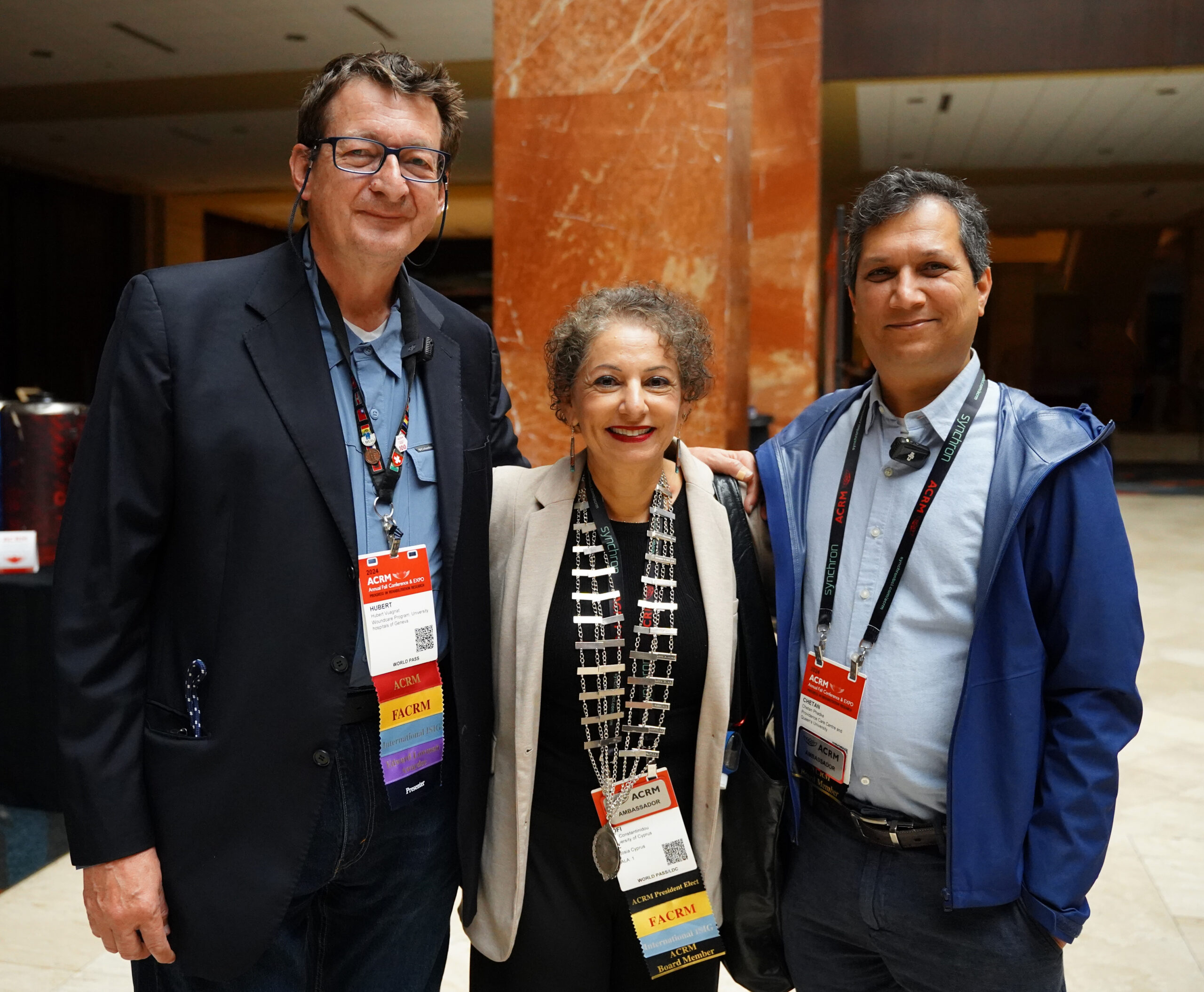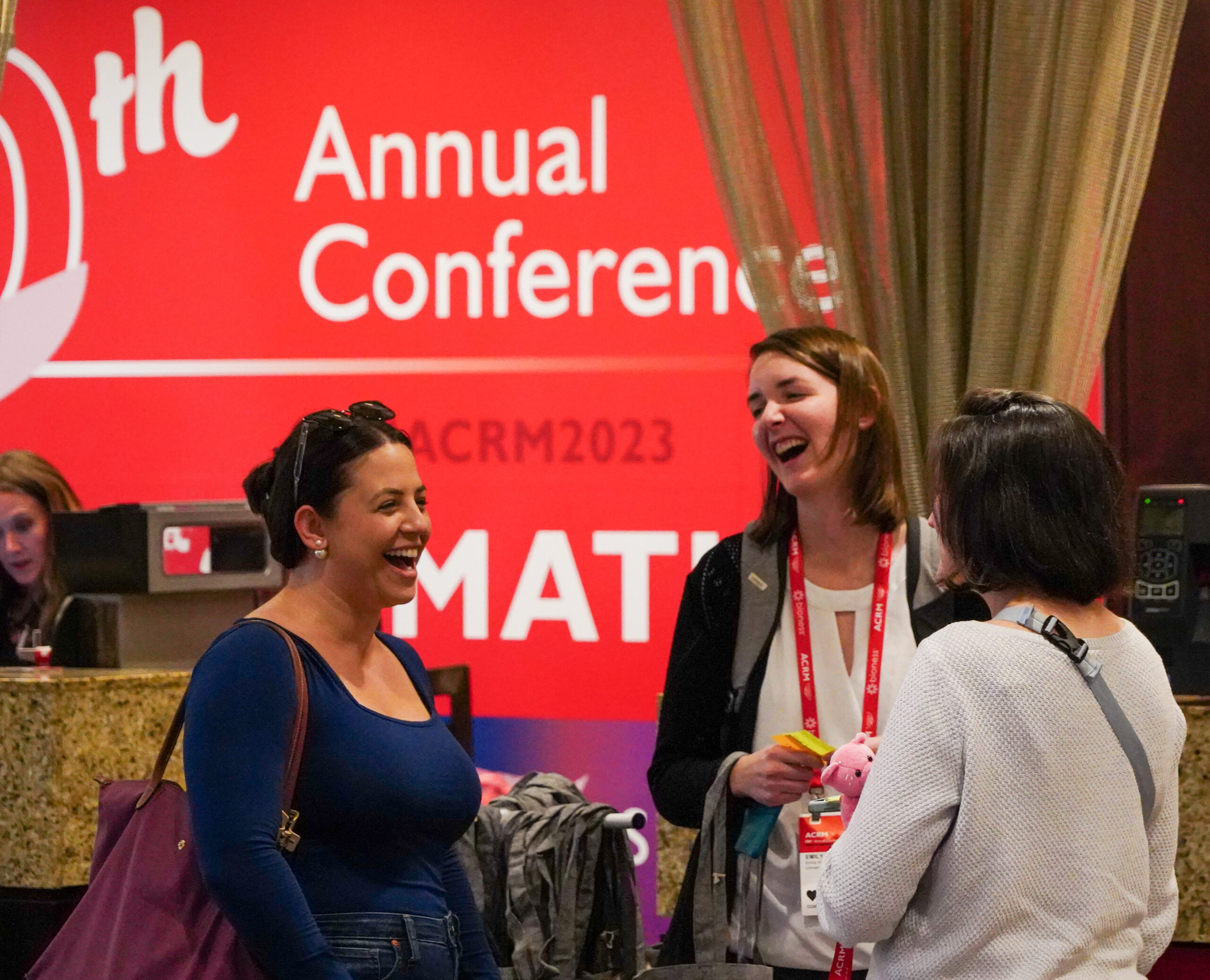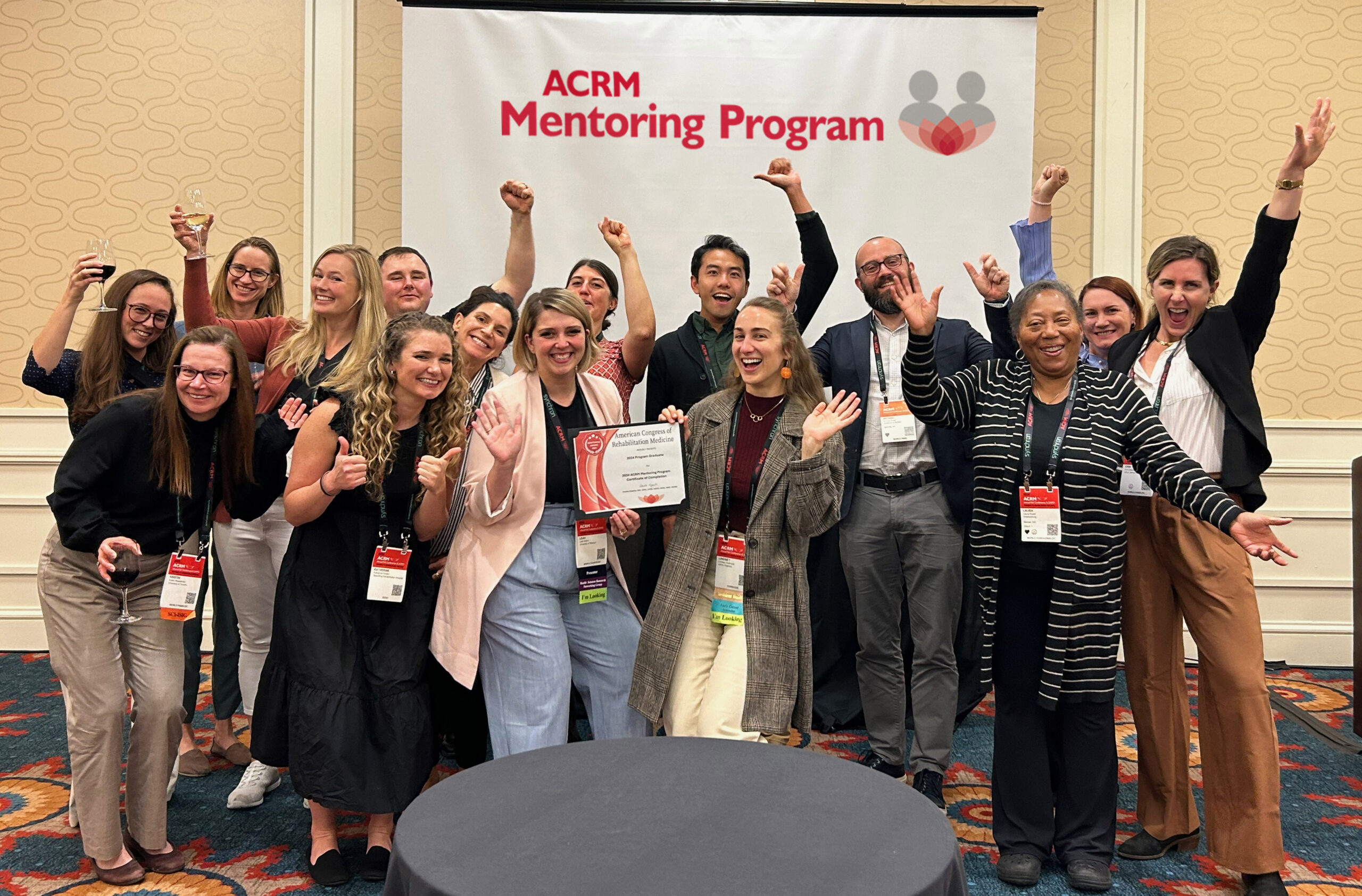INSTRUCTIONAL COURSE DETAIL
TUE, 27 OCT: 8:00 AM – 5:00 PM
SPEAKERS
Jan-Paul van Wingerden, PhD
Spine & Joint Centre, rehabilitation Centre
Erasmus University, Department of Anatomy
Wilma Tol, Therapist
Trainer, Spine & Joint Centre
DIAGNOSIS
Pain
FOCUS
Clinical practice
Training/instruction in new knowledge/skills (attendees will develop new competencies that can be applied in practice or research)
BRIEF DESCRIPTION
Psychological aspects are predominant in rehabilitation treatment of chronic pain patients (CPP) with physical training only subordinate.
Scientific developments show motion patterns changes in CPP. These altered motor strategies can be considered compensation patterns. Increasing quantity of activity without correcting these compensations may be detrimental to intervention results.
Combining tailored physical training with CBT significantly enhances rehabilitation results.
This course describes a functional-anatomical model with allows to understand the physical compensation patterns in low back pain patients. It provides a comprehensive protocol integrating physical exercise and CBT. These basic principles will be trained in the final part of the course.
ABSTRACT BODY
Since the introduction of the Biopsychosocial model by George Engel, psychological aspects have become predominant in rehabilitation treatment of chronic pain patients. Physical training is incorporated in cognitive behavioural therapy (CBT), however plays a subordinate role. Although functional improvement is adressed, it is distinct from actual physical recovery. Functional training implies longer walking distances or lifting heavier loads. In other words in CBT physical training mainly focusses on quantity of activity and not quality of function.
New scientific developments show changes in motion patterns in back pain patients. These altered motor strategies can be considered as compensation patterns. Increasing quantity of activity, as is pursued in CBT, without correcting these compensational motorpatterns may be detrimental to the possible result of the intervention.
For example, to allow desired behaviour to last, positive emotional experiences are crucial. Exercises based only on quantity applied to patients with compensatory muscle activity may easily induce physical overload, pain and consequently negitive emotional experiences. Exercises based on diminishing compensation strategies will increase the level of positive emotional response and are very suitable to implement in CBT.
It is our 20 year experience, both subjective and scientific, that combining tailored physical training with CBT principles significantly enhances rehabilitation results. It is important to realize that this course may change the perception of possible therapy result: from learning to cope with the pain to functional recovery and diminishing pain.
This course describes a functional anatomical model with allows to understand the physical compensation patterns in low back pain patients. It provides a brief overview on a comprehensive protocol integrating physical exercise and cognitive behavioural principles. Both by examples and exercises these basic principles will be demonstrated and experienced in the final part of the course (one hour).
LEARNING OBJECTIVES
- The participant will understand the importance of adequate physical training in back pain rehab
- The participant will acquire a new perspective on the relative importance of physical and psychological aspects of backpain rehab
- He or she will understand the principle of neutralizing physical compensation strategies in patients
INTENDED TARGET AUDIENCE
Physical therapists, rehab physicians or rehab psychologists especially in the area of chronic pain treatments.
BIO SKETCHES
Jan-Paul van Wingerden, PhD is CEO of the Spine & Joint Centre, a Dutch rehabilitation Centre specialized in the treatment of chronic non-specific back pain. Over 25 years he teaches the principles of this succesfull approach in the Netherlands and Germany. Understanding of functional anatomy of the Spine is an important aspect of his work. In 2009 he finished his PhD thesis on the integration of functional anatomy in cognitive behavioural therapy for back pain.
Wilma Tol, Mensendieck therapist from origine, is working over 10 years for the Spine & Joint Centre as a Team manager, Quality controller and therapist/coach. She has been teaching clinical courses on application of the SJC principles for several years.
![]()
One full day of Instructional Courses $195 // Three full days $395
![]() WORLD PASS (from $595) is the best value if you attend just one
WORLD PASS (from $595) is the best value if you attend just one
instructional course and the CORE Conference. Pricing detail CLICK HERE
CONFERENCE HOME PAGE >
*Although significant changes are not anticipated, all schedules, sessions, and presenters posted on this website are subject to change. Please DOWNLOAD the Conference App for the very latest information and full course details.








